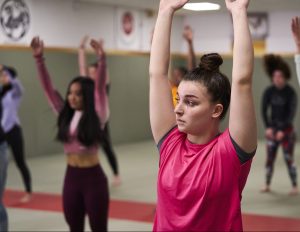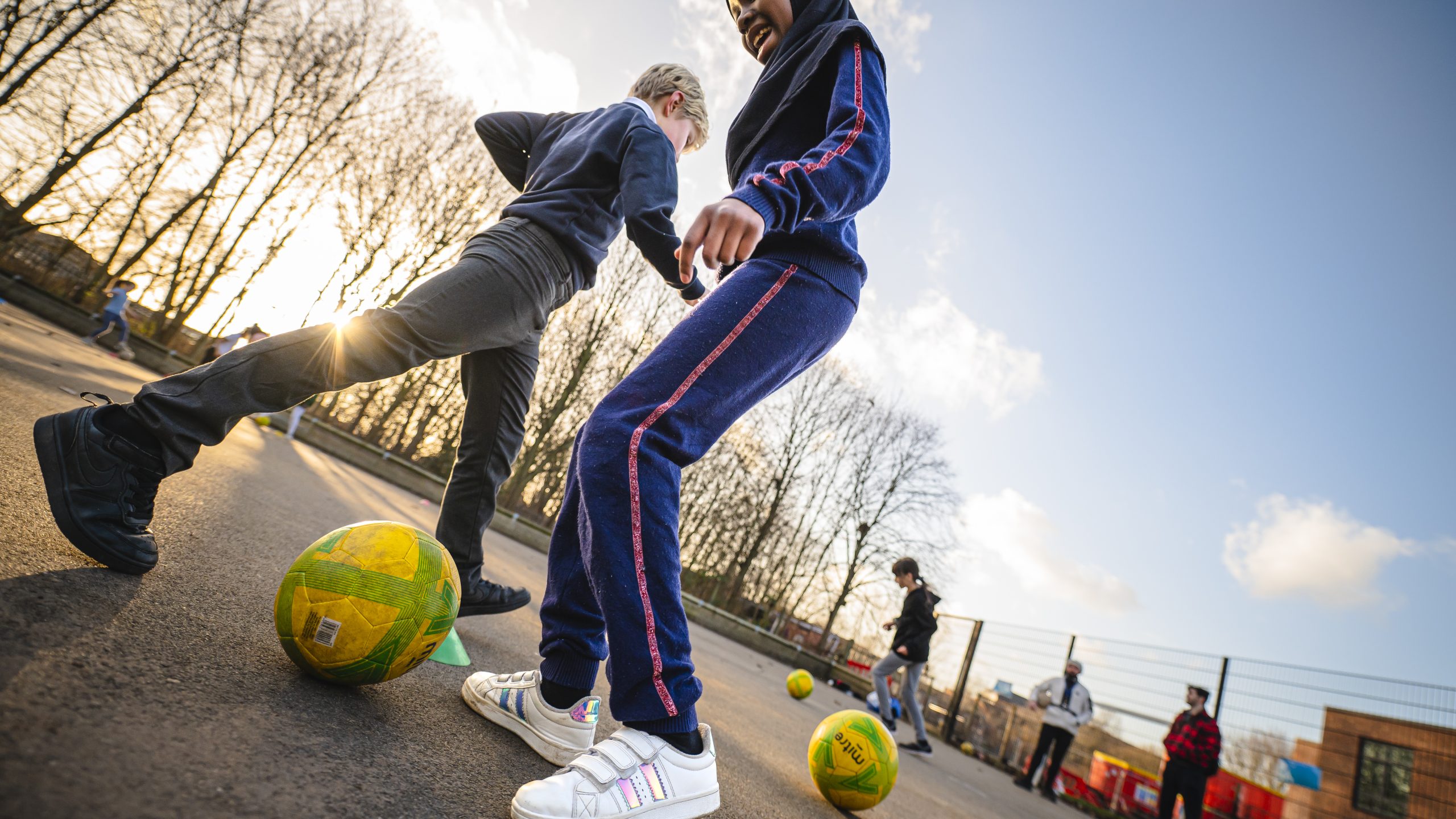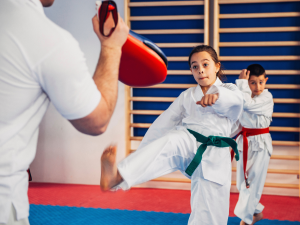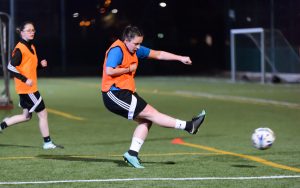Recognising the reality for women and girls
We welcome the importance placed in the report on the impact of both gender stereotyping and female physiology on young girls, and the recognition that they face specific challenges as a result.
Our research shows that gender stereotyping undermines girls’ sporting lives from a very young age. Girls are told that they are delicate and should be kind and careful not to get dirty, rather than brave or daring. These limiting expectations mean that girls are exposed to less physical activity from an early age, which leads to a disadvantage in skills development. As girls get older, they continue to hear the same underlying narrative about their relationship with sport, but they hear it louder and from more voices. This can be exacerbated by gender stereotyping being reinforced, often subconsciously, by teachers, parents, coaches and peers.
On top of this comes puberty. Female puberty can be a shocking experience. The physical changes of female puberty are substantial and can create barriers without the right support. It’s unacceptable that only 51% of schools in England are teaching the menstrual cycle. It’s time we stopped expecting girls to manage these huge changes to their bodies on their own, in the dark, without support or access to the information they need. It’s no surprise that 71% of girls avoid exercising during their period. 
Kit is also a vital issue; for women and girls involved in grassroots, school and community sport as well as elite sportswomen. We agree that sports brands should do more to develop their female specific offering, especially around specialist kit like football boots. We also agree that schools should do more to ensure girls are wearing kit that they feel comfortable in for PE, including sports bras. Our research shows 56% of girls experience breast pain when exercising whilst only 14% of girls say a sports bra is included on their school PE kit list. We believe that sports bras should be part of a school’s PE kit list as standard.
We also welcome the recognition of the specific barriers faced by women in midlife and menopause. Our research shows that women in midlife feel largely ignored, invisible and irrelevant, and this is particularly true when it comes to sport and exercise. Yet sustaining fitness and activity levels for women of this age has such life-changing benefits in relation to happiness, mental wellbeing and physical health, now and into later life. We stand ready to work with government and other stakeholders, as the report suggests, to identify what more can be done to support women in this life stage.



